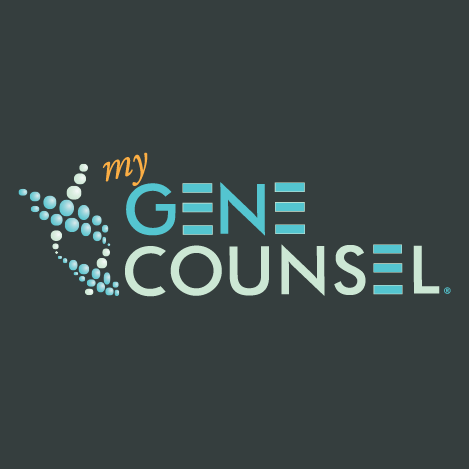Over the past few months, we have watched the world struggle to deal with the COVID-19 pandemic. As with many things, there are lessons to be learned from genomic medicine. For example, through the genetic lens, we can equate virus transmission to heritability, although the mechanisms are quite different. There are also striking similarities between the response to the unfolding pandemic and to genomic disease that are worth exploring.
Background Genetics and Assessing Risk
The majority of health conditions, including hereditary and infectious diseases, are multifactorial. This means both genetic and not genetic factors affect progression to a disease state and level of severity. As we approach risk assessment and risk reduction with COVID-19, we can lean on principles from genomic medicine. Genomics uses epidemiological and family-based studies to evaluate the risks of complex diseases associated with genetic variation. Such studies seek to weigh genetic makeup and non-genetic factors and how they affect clinical outcomes. Similarly, epidemiologic information is now pouring in from a variety of COVID-19 studies. This can help determine which factors increase risk for contracting COVID-19, exhibiting symptoms, and experiencing a more severe disease course. It is possible that genetic testing will be helpful in assessing and mitigating the risk of COVID-19 in the future.
Cascade Testing and Contact Tracing
Because most genetic disorders are inherited, genetic test results often have implications for family members. For COVID-19, transmission most often occurs through person-to-person contact. One goal for both genetic and infectious conditions is to detect others who are at risk. Identifying relatives at risk for a hereditary cardiac condition is an example of cascade testing. Identifying people who have come in contact with someone infected with COVID-19 is an example of contact tracing. Family history collected via interviews is an important tool for cascade testing. Interviews and follow-up are currently the main tools for contact tracing. In genomics, digital tools, such as chatbots, often help collect family history and communicate with at-risk relatives. With COVID-19, novel approaches are being explored, including using phones, social networks, and GPS to trace contacts and transmission.
Genetic Counseling and Risk Communication
Informed decision-making by an individual, family, community, and policymakers is the most significant element to reduce the impact of a genetic condition or infectious disease pandemic. In genetics, genetic counselors represent a dedicated profession trained to communicate with patients and families in a psychosocially sensitive manner. Risk communication specialists do the same with respect to disease outbreaks. Genetic counselors primarily focus on patients and family members, while risk communication specialists address communities and larger populations. This raises some questions related to the emphasis and impact of individual- versus population-level communication interventions. Many clinicians on the frontlines of the pandemic do not have the time for one-on-one conversations about the virus and what it means for others. Genetic counselors may be able to aid in counseling for COVID-19 or training those who provide such counseling, especially as more information unfolds about underlying genetic factors.
Data and Analytics
Data collection, analysis, and application is the backbone for public health, genomic medicine, and infectious diseases. International collaborations and infrastructure continue to evolve within genomics. Many data sources are available to inform research and healthcare practice across public health and medical disciplines. Pandemics present new challenges, requiring timely collection, analysis, and integration of data to inform response. Mitigating the impact of a pandemic caused by a relatively new virus cannot wait for infrastructure development and years of data collection. A genomics analogy would be the development of carrier and newborn screening programs to inform family planning and identify newborns with a disease early enough to provide therapy. These situations are as time sensitive as identifying those at risk or affected during a pandemic. Studying the systems approach to each may afford insights to advancing our understanding, policies, and infrastructure to inform our approaches to COVID-19 and other public health threats.
Scientific Uncertainties
There are times when genetic testing is uninformative, meaning results are either negative or inconclusive, even though a person is suspected to have a hereditary cause for their disease. Too often, clinicians and patients misinterpret uninformative results to mean that there is definitely not a hereditary explanation. Similarly, clinicians could misinterpret negative COVID-19 results to mean the patient does not have this condition, although we know that testing currently includes a fairly high degree of false negatives. We’re also likely to encounter interpretation difficulties when antibody testing becomes more widely used. Having more complete data is critical before making decisions about an uninformative test result or determining whether a treatment is beneficial or harmful.
National and global collaborations have formed to elucidate epidemiology and to develop effective interventions in both genomic disease and in response to the pandemic. This is an ideal time to bring human genomics and genetic specialists into the discussion. Genetic counselors and digital tools utilizing their knowledge will be critical in getting patients and providers the information they need to successfully understand and combat COVID-19, to update them as we learn more about this virus, and to collect outcome data over time.

